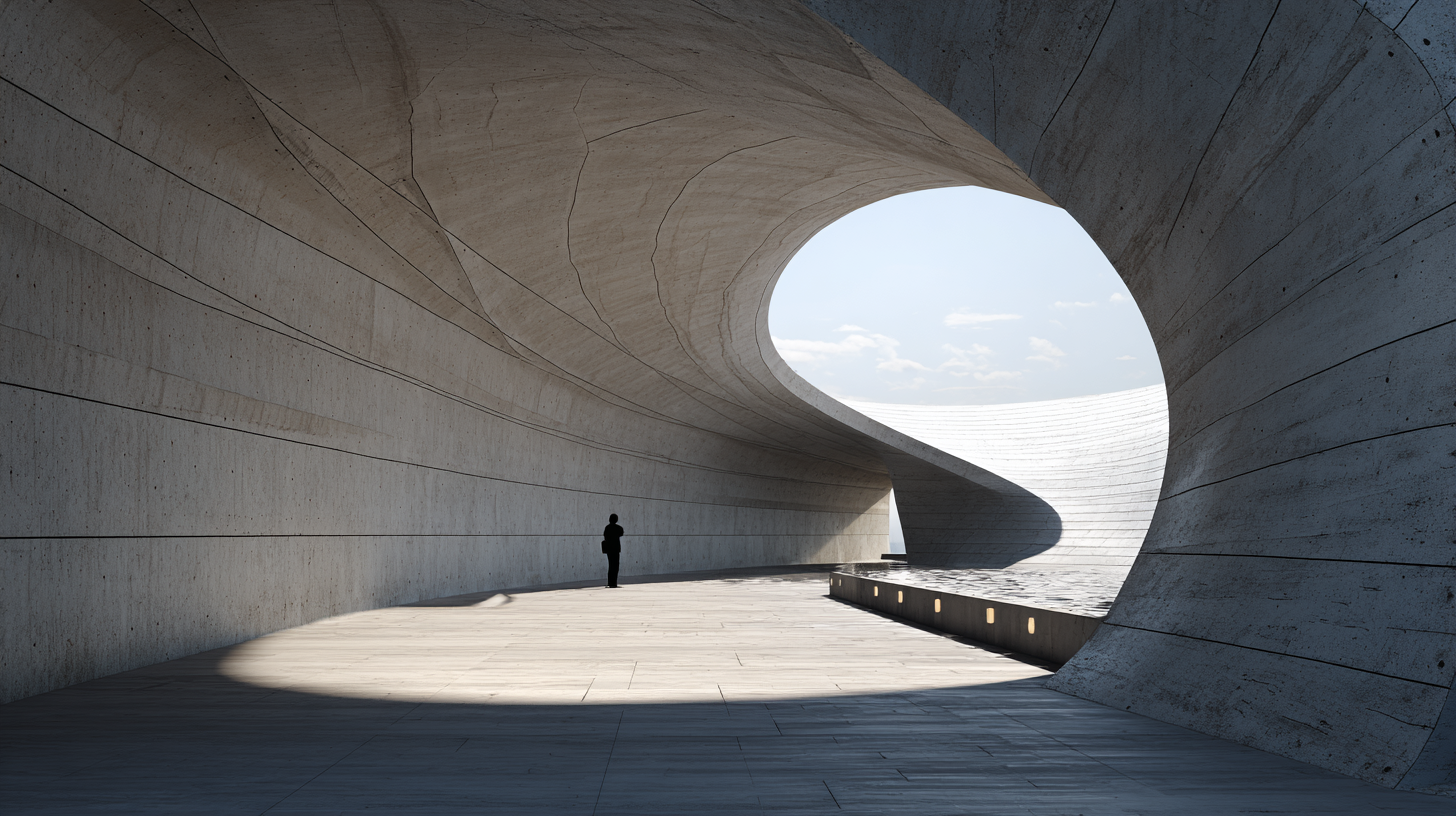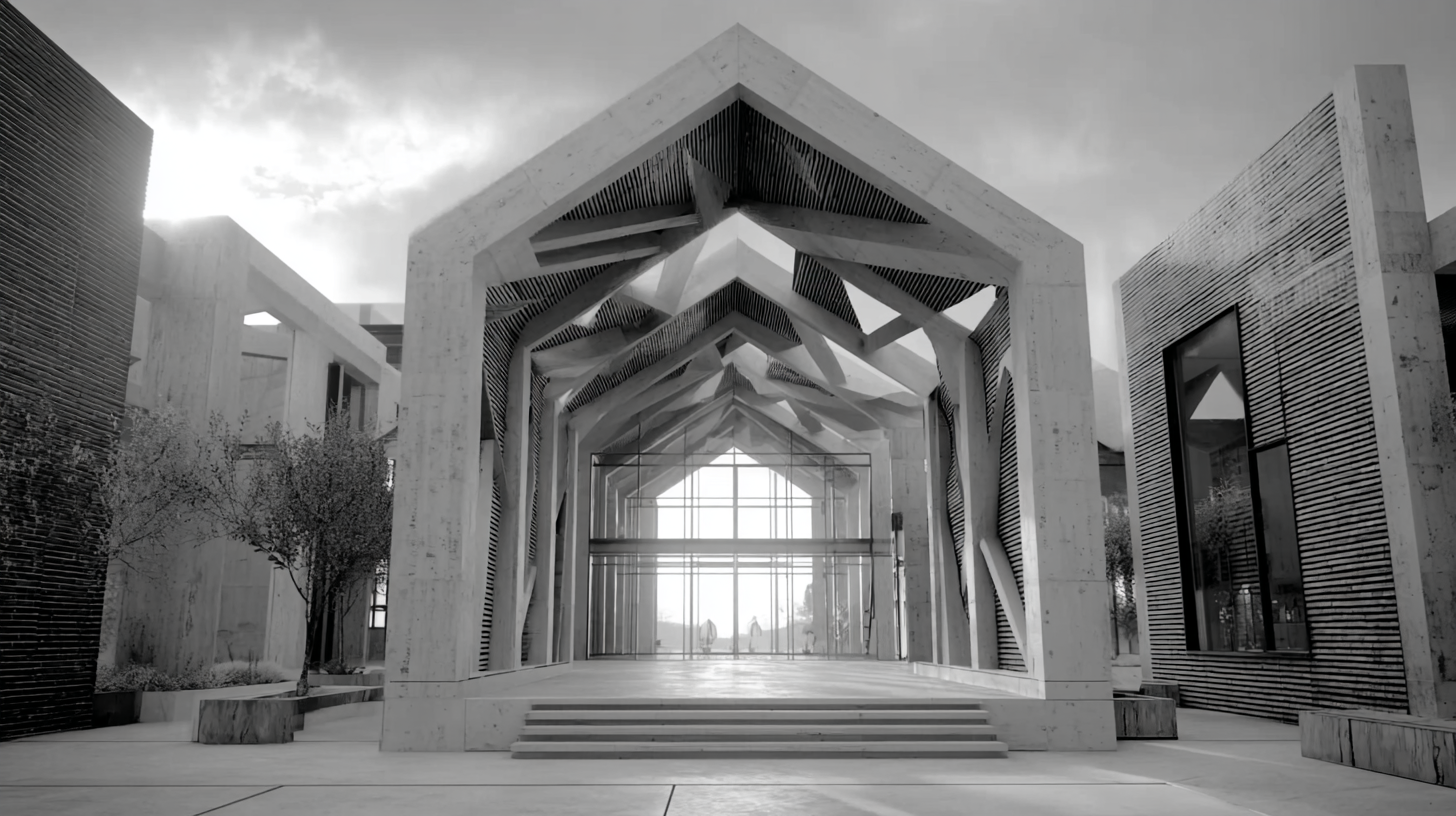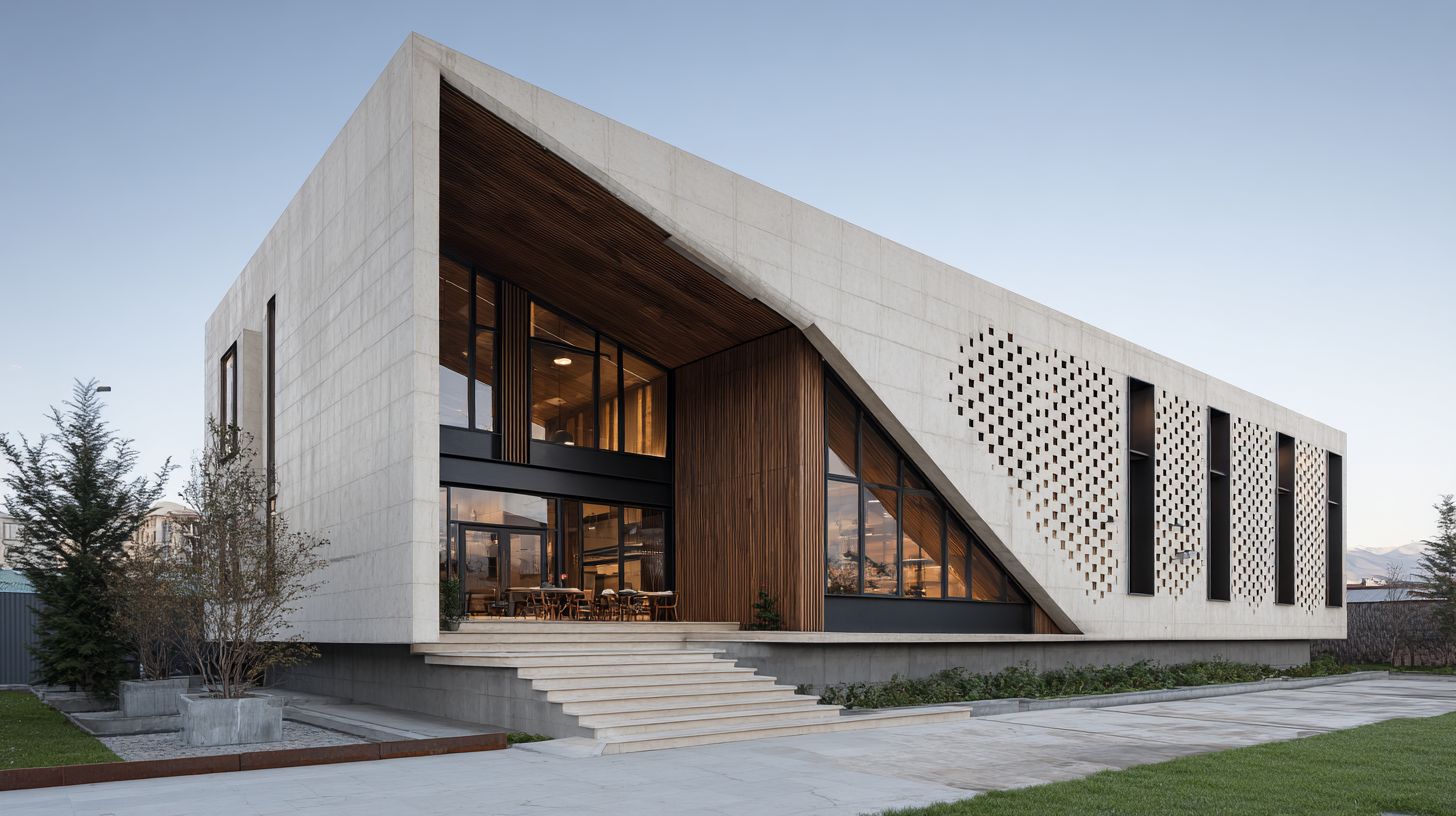
-
Home
-
Product Center
-
Application
-
Support
-
JT Cloud
-
About Us
-
Contact Us
Leave Your Message

 Heliodon Architecture represents a groundbreaking advancement in the field of building design, seamlessly blending environmental awareness with cutting-edge technology. This innovative approach harnesses the sun’s movement, allowing architects and designers to create spaces that
optimize natural light, enhance energy efficiency, and improve overall occupant comfort. As we confront critical issues such as climate change and urbanization, the need for sustainable solutions has never been more pressing, making Heliodon Architecture not just a trend but a necessity for the future of construction.
Heliodon Architecture represents a groundbreaking advancement in the field of building design, seamlessly blending environmental awareness with cutting-edge technology. This innovative approach harnesses the sun’s movement, allowing architects and designers to create spaces that
optimize natural light, enhance energy efficiency, and improve overall occupant comfort. As we confront critical issues such as climate change and urbanization, the need for sustainable solutions has never been more pressing, making Heliodon Architecture not just a trend but a necessity for the future of construction.
By using sophisticated modeling tools and sunlight simulations, Heliodon Architecture empowers architects to visualize the interplay between their designs and the sun’s trajectory throughout the year. This method provides invaluable insights into how sunlight impacts a building’s internal environment, influencing aspects such as heating, cooling, and daylighting. Ultimately, this thoughtful consideration of solar interactions leads to more sustainable, adaptable, and aesthetically pleasing structures. As the industry continues to evolve, integrating Heliodon Architecture into building practices will redefine standards, pushing the boundaries of what is possible in the quest for ecological harmony and architectural brilliance.
Heliodon architecture is an innovative approach that integrates solar path simulations into the building design process. By understanding the sun's movement throughout the year, architects can optimize natural light and reduce energy consumption. The principles of Heliodon architecture revolve around analyzing shadows, solar angles, and light exposure to enhance the environmental performance of structures. This method not only improves comfort but also promotes sustainability, as buildings are designed to harness sunlight for passive heating and lighting.
The benefits of Heliodon architecture extend beyond energy efficiency; they also enhance the occupants' well-being. By designing spaces that maximize daylight, architects create healthier environments that positively impact mood and productivity. Additionally, the aesthetic value of a building is heightened when natural light is used effectively, allowing for dynamic spatial experiences. Overall, Heliodon architecture represents a crucial advancement in architectural practices, paving the way for buildings that are both visually appealing and energy-efficient.
Heliodon architecture integrates the sun path analysis as a fundamental component in designing energy-efficient structures. By understanding the sun's trajectory throughout the year, architects can make informed decisions about building orientation, window placement, and shading devices. A report from the National Renewable Energy Laboratory (NREL) indicates that optimizing natural light can reduce overall energy consumption in buildings by up to 30%, thereby significantly lowering utility costs and enhancing occupant comfort.
Moreover, sun path analysis enables architects to harness passive solar heating in winter while minimizing overheating in summer. According to a study published in the journal *Building and Environment*, buildings optimized through sun path analysis can lower heating energy use by 20-50% compared to traditionally designed structures. This approach not only promotes sustainability but also aligns with global standards for energy efficiency, such as the LEED certification, which emphasizes the integration of renewable resources in architectural design. Consequently, the adoption of heliodon principles not only leads to better resource management but also fosters a deeper connection between architecture and the natural environment.
Heliodon technology plays a pivotal role in shaping sustainable building design by allowing architects to simulate and analyze the sunlight exposure of structures throughout different times of the year. This capability significantly influences decisions regarding geometry, orientation, and material selection, ensuring that buildings optimize natural light while minimizing energy consumption. For instance, using heliodon models, architects can predict the impact of shading devices, which helps reduce cooling loads and enhance overall energy efficiency.
Key statistics illustrate the impact of heliodon technology on design practices. Studies show that buildings designed with solar exposure analysis can achieve up to a 30% reduction in energy usage. A case study featuring a commercial building in a sunny climate incorporated heliodon simulation during the design phase, resulting in a design that utilized 40% less energy than conventional counterparts. Such real-world examples demonstrate how heliodon architecture not only fosters innovative design solutions but also aligns with the growing demand for environmentally conscious construction practices, ultimately contributing to the broader goals of sustainability in the built environment.
Heliodon architecture represents a revolutionary approach in building design, integrating advanced tools and technologies that enhance design accuracy and sustainability. Central to this architectural style is the use of specialized software and simulation tools that analyze sunlight patterns, shading, and thermal performance in real time. This empowers architects to optimize natural light utilization, reduce energy costs, and improve comfort for occupants. By simulating various environmental conditions, designers can better predict how their buildings will perform throughout the seasons, leading to more resilient structures.
Tip: When implementing Heliodon techniques, consider utilizing solar path simulation software early in the design process. This can help identify potential energy gains or losses, allowing for timely adjustments that enhance efficiency.

Heliodon architecture is rapidly evolving, incorporating innovative technologies that significantly enhance building design's efficiency and sustainability. Recent data from the International Energy Agency (IEA) indicates that buildings account for nearly 40% of global energy consumption. In response, architects are leveraging heliodon principles to optimize natural light and heat, thereby minimizing reliance on artificial lighting and heating systems.
 Tools like advanced simulations and 3D modeling are now essential in predicting solar paths, ensuring that the building's orientation maximizes energy performance while enhancing occupant comfort.
Tools like advanced simulations and 3D modeling are now essential in predicting solar paths, ensuring that the building's orientation maximizes energy performance while enhancing occupant comfort.
The future of heliodon architecture is closely tied to smart building technologies, which are set to transform how we design spaces. Research from the World Green Building Council highlights that integrating sustainable practices can reduce energy costs by up to 30% in commercial buildings. Innovations such as responsive facades and predictive analytics allow designers to create dynamic environments that adapt to changing sunlight conditions. Furthermore, with an increasing focus on resilience and climate adaptation, heliodon architecture is becoming pivotal in creating structures that not only function harmoniously with their environment but also contribute to sustainability goals in urban planning.





